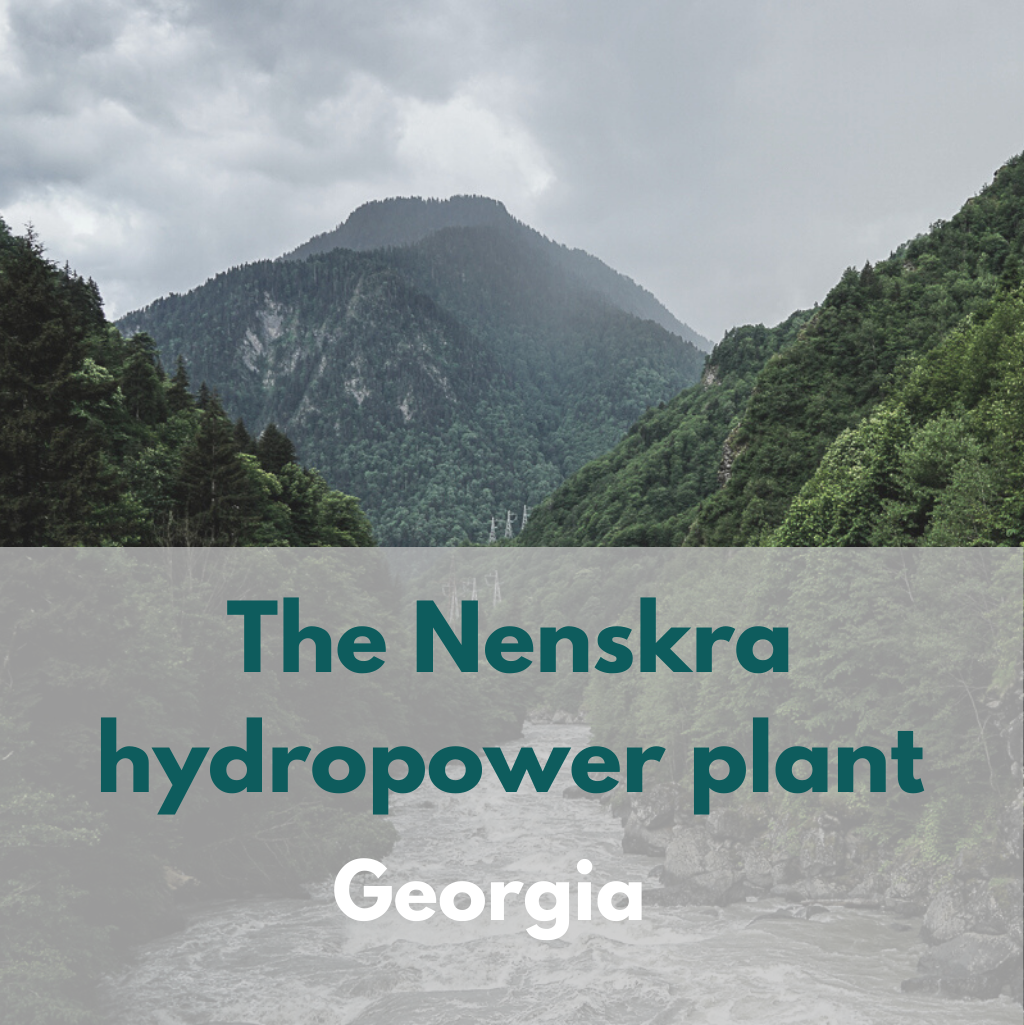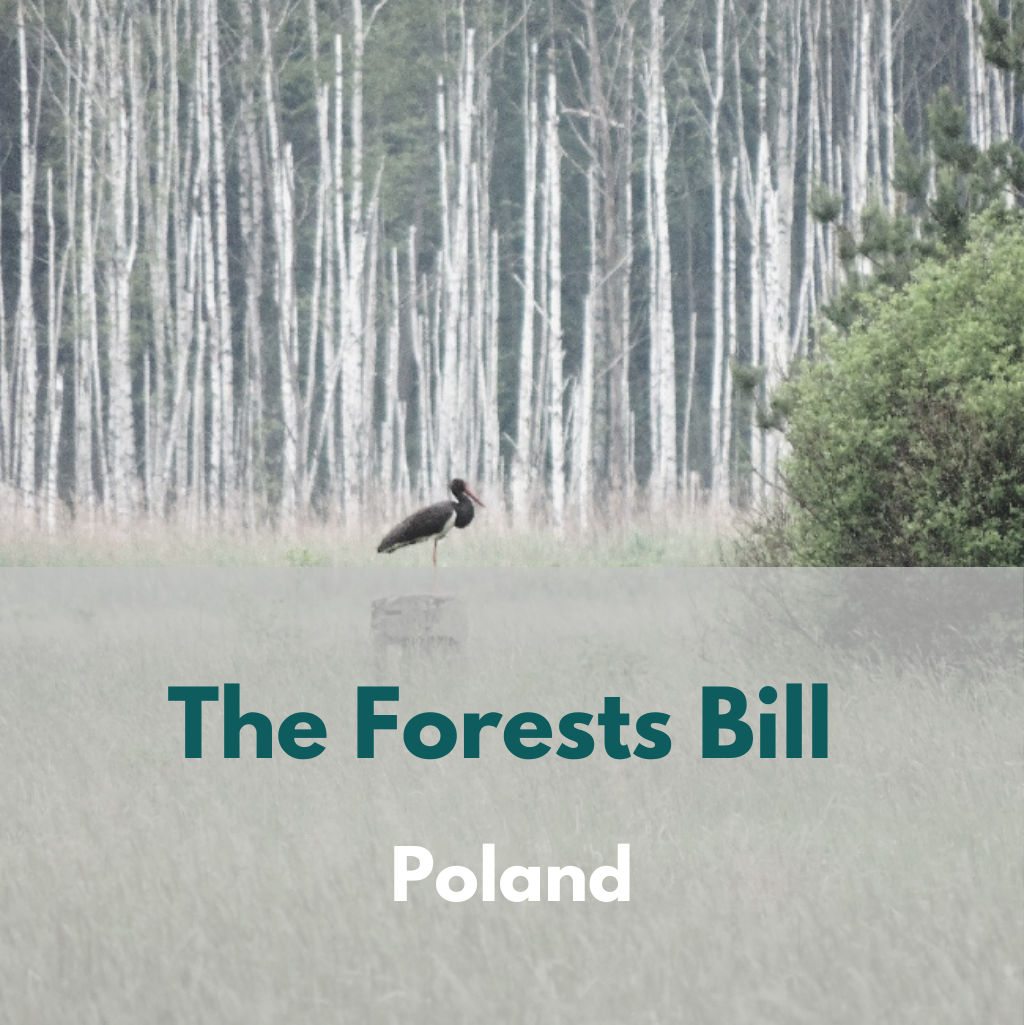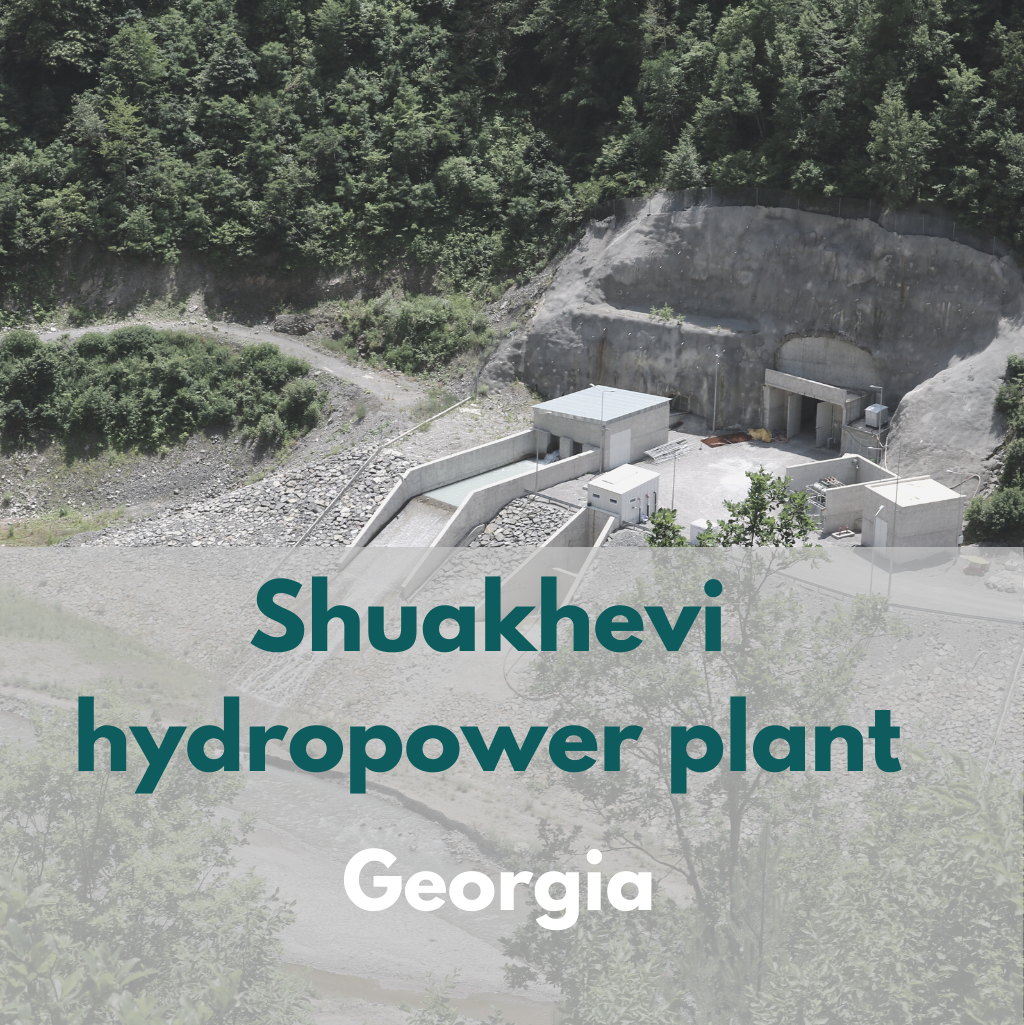Bar-Boljare motorway construction
Country: Montenegro
The Bar-Boljare motorway, or more specifically the Mateševo-Smokovac section, built by the China Road and Bridge Corporation (CRBC) and financed by the China Eximbank, initially attracted attention for its high price tag and impact on Montenegro’s debt rather than its biodiversity impacts.
This started to change, however, in October 2018 when non-governmental organisation MANS released drone footage of the construction site at the Mateševo interchange, where the motorway will cross the river Tara, protected as a UNESCO Biosphere Reserve. The Tara is often known locally as the Teardrop of Europe due to its clear-running water, but the footage shows a straight, muddied channel with excavated material piled up around it.


A UNESCO mission visited the site shortly afterwards, and in June 2019 released a report confirming the damage. Most frustratingly, it found that the damage was likely unnecessary:
The construction works are currently in progress for which the river course has been heavily altered from a braided river, stretching across the floodplain, to an artificially straightened river.
The mission was informed that at least 20 different variations of the route for the motorway were presented and discussed in the process of granting the permission. From the reflections gained in the field, the mission is of the view that a less impactful variation of the route could have been identified. The main negative impact of the agreed solution lies in the fact that the location of the ramps and deviations to and from the motorway route, together with the pay-toll object, are located in the heart of the floodplain area of the Tara River. By urbanising the space in the wide river floodplain, support infrastructure for the motorway and typical major bed embankments in the form of intensive river regulation, were applied. This, as a consequence, destroys the floodplain character of the Tara River in this section. Floodplain character of the torrent-type river is essential to maintain the ecological values of the Tara River, together with its biodiversity, especially fish fauna. If the floodplain area would not be built up, no river regulation works would be needed (including up- and downstream of the section) and the impacts on the riverine ecology would be lower.
Besides the fact that the project foresees the replacement of the floodplain area under and besides the bridge, the mission observed that the construction works are being implemented without safeguards for the riverine environment. The project foresees that the former area of floodplains, where Tara River shifted its course every season in the wide floodplain terrain, will be transferred into an artificially planted forest. Floodplains will be reduced and remaining parts will become low-biodiversity value area[s], while the core biodiversity values and characteristic habitat features for floodplains (riffles, shallow pools, temporarily flooded areas etc.) will be lost. The floodplain river is transformed into [a] strictly regulated river with a determined channel, which will drastically alter the ecological character of this river section.
Several temporary deposition areas, gravel storage areas, ramps, and even gravel out-take areas were observed by the mission in the wider floodplain area and river bed. The area is dumped with trash and deposited materials also beyond the construction site. Although the majority of those negative impacts could be addressed after the final works on the highway construction, it is clear that some impacts will be visible also after the conclusion of the works. Extraction of gravel from the river bed was observed at some places along the river corridor.
The motorway currently under construction does not connect any major urban centres to one another, often causing it to be dubbed ‘the highway from nowhere to nowhere’. As a result, the Western Balkans Investment Framework has approved funds to assist Montenegro with developing phase two of the project, with potential co-financing for construction from the EBRD. However, if the EU is not able to ensure that Montenegro strengthens its capacity and political will to effectively oversee such projects, there is a very high risk of EU funding supporting more biodiversity destruction.








